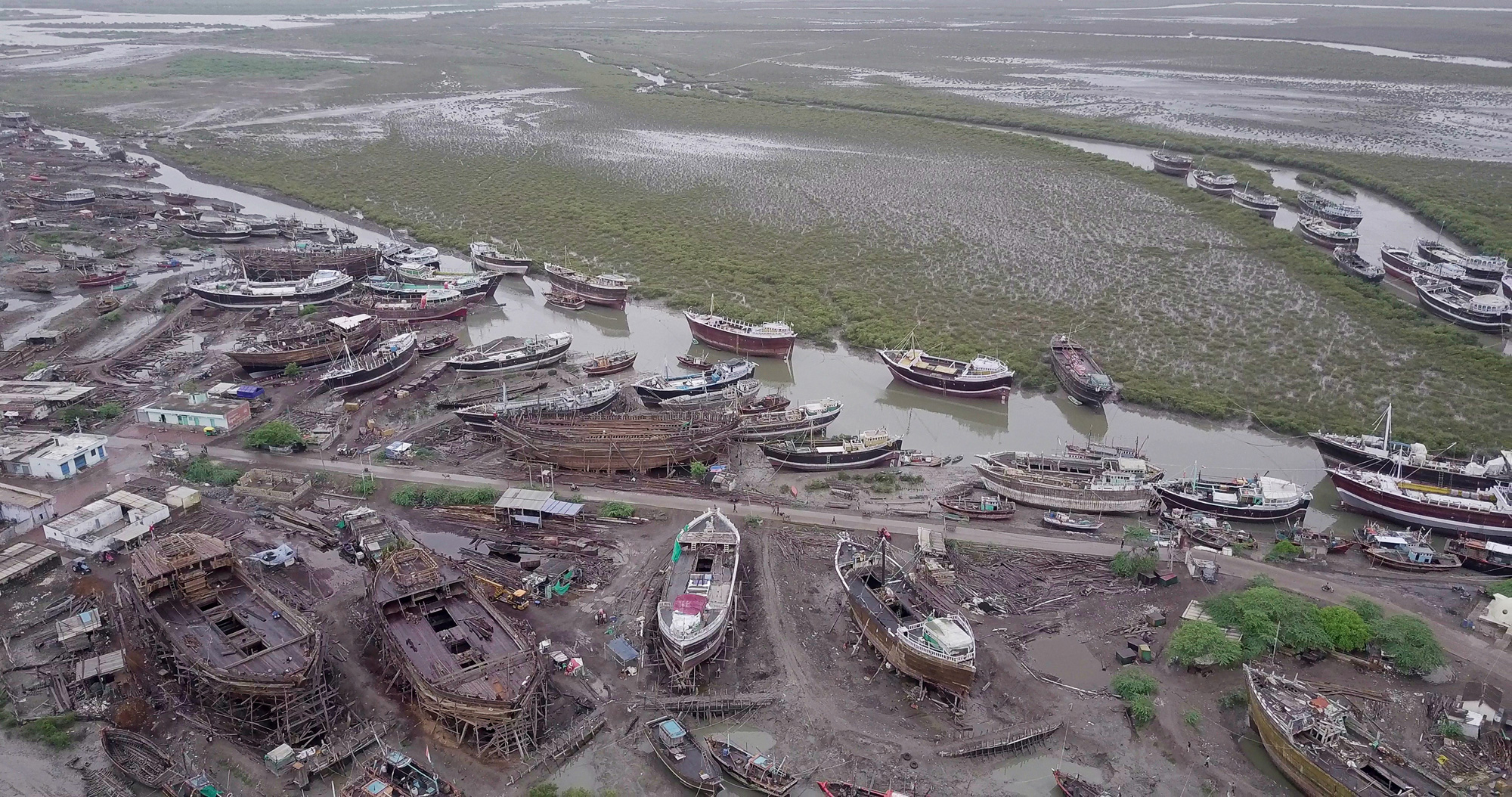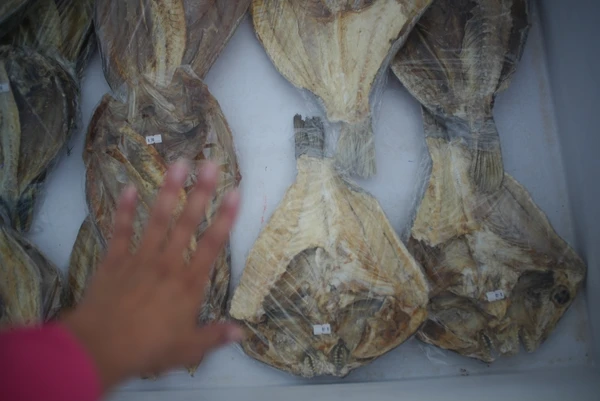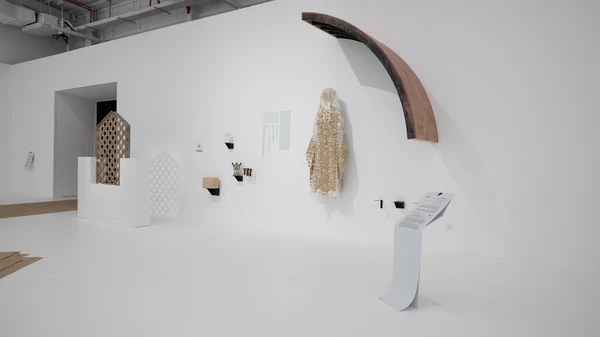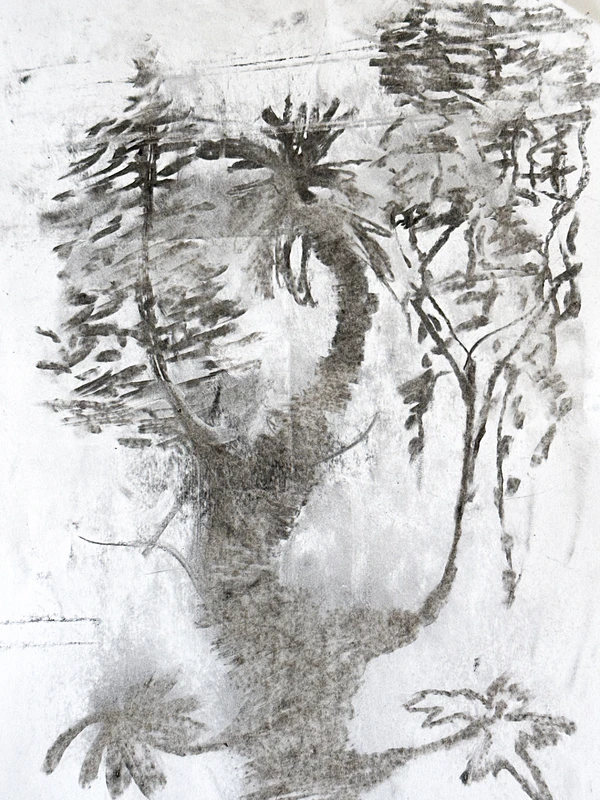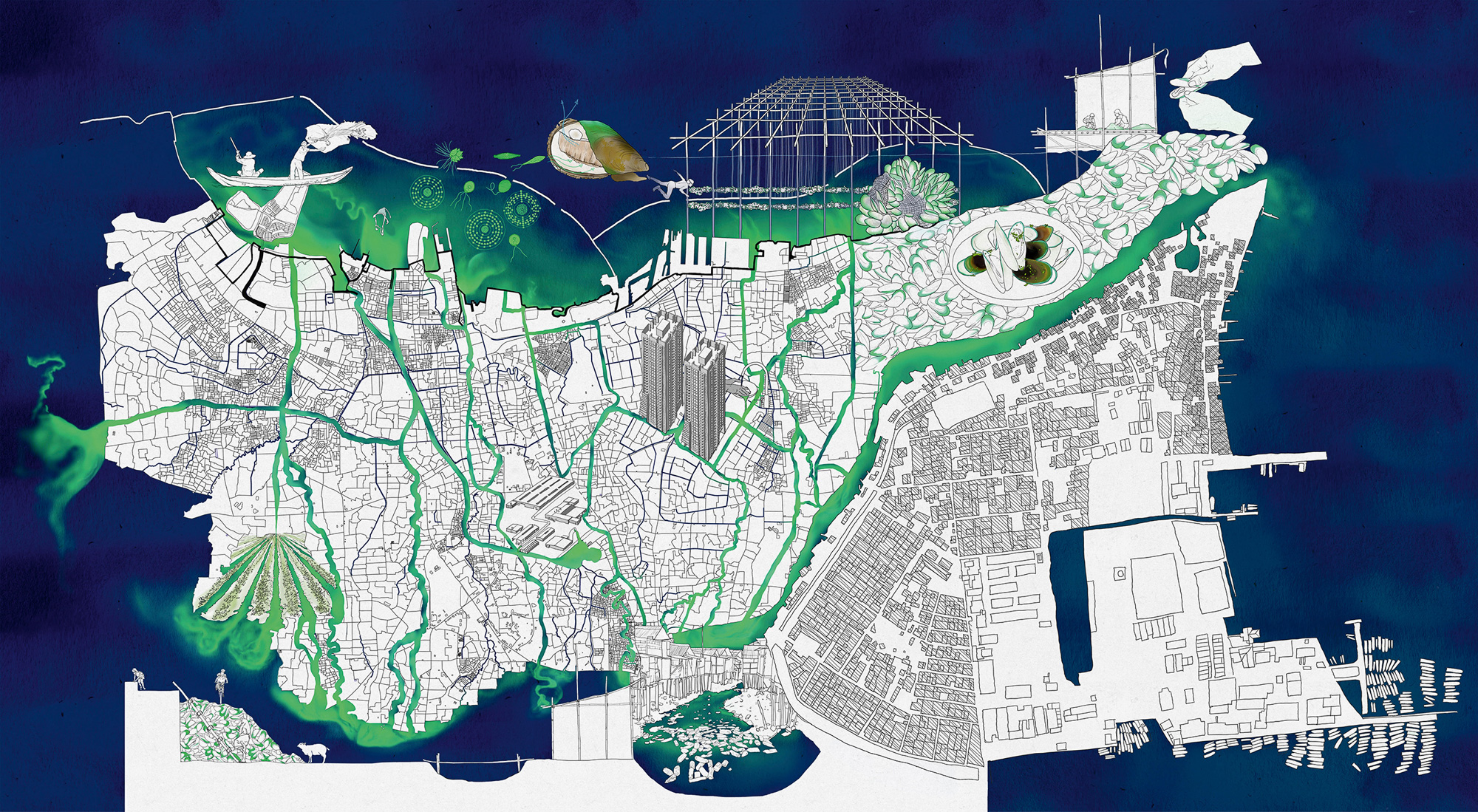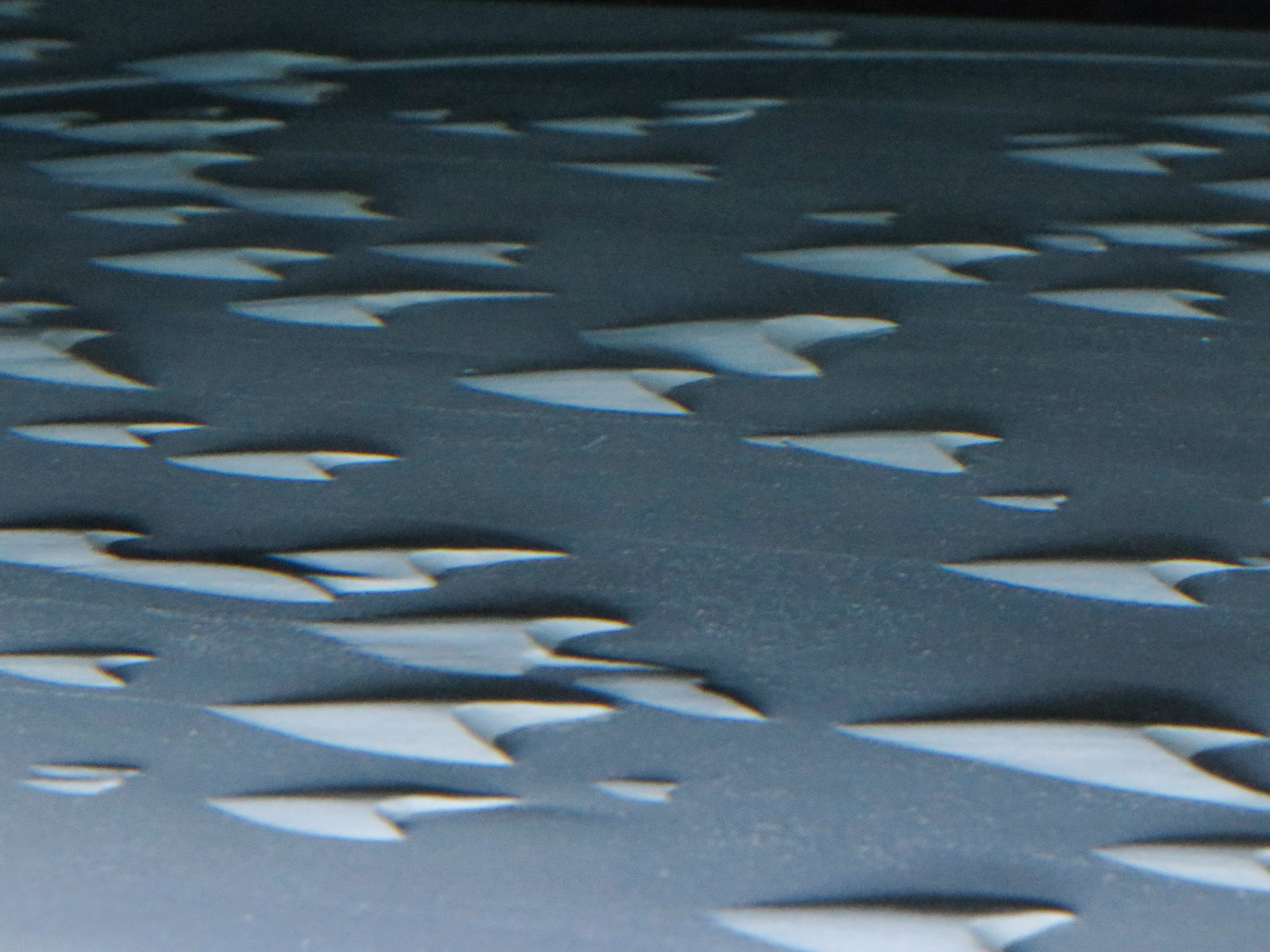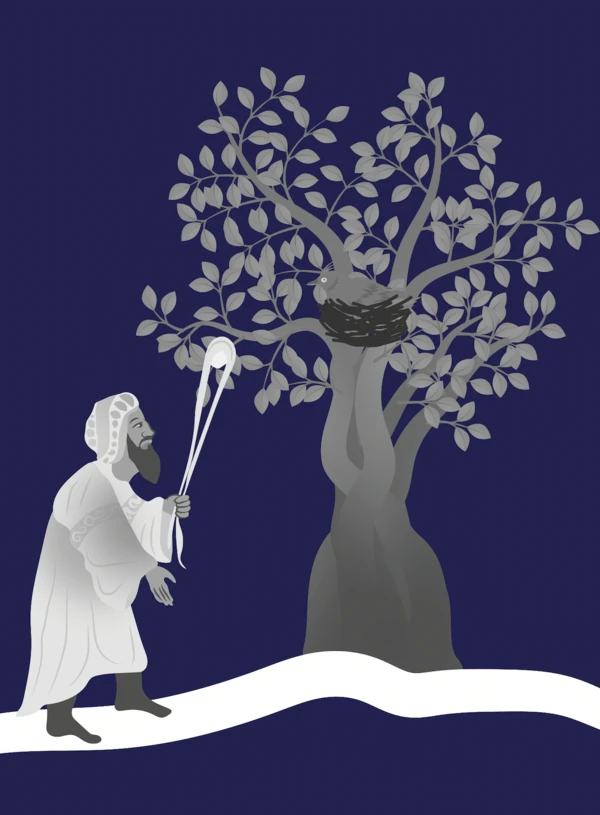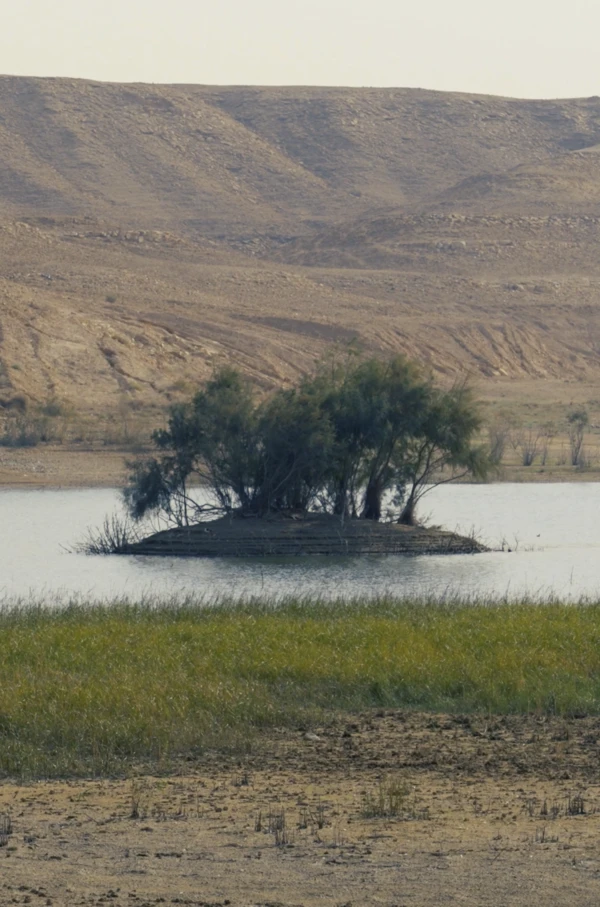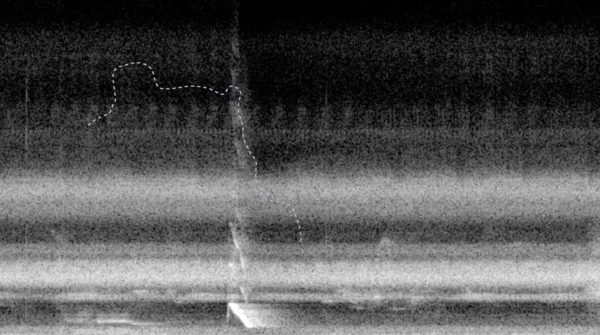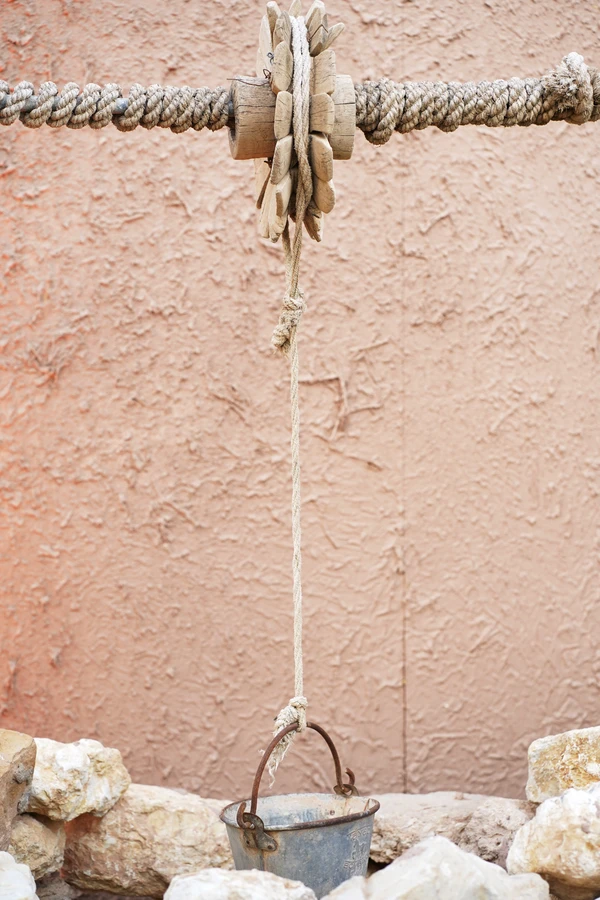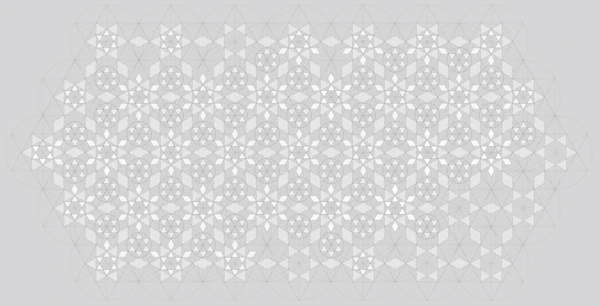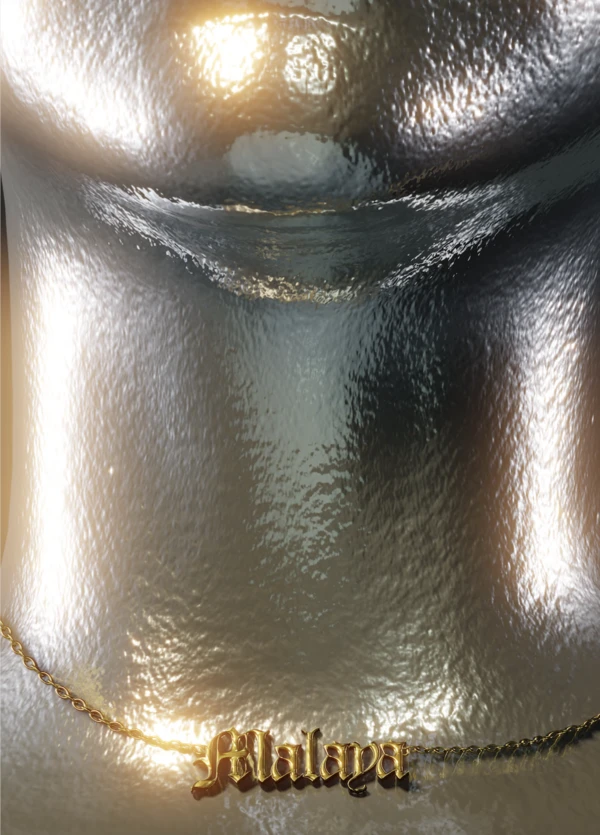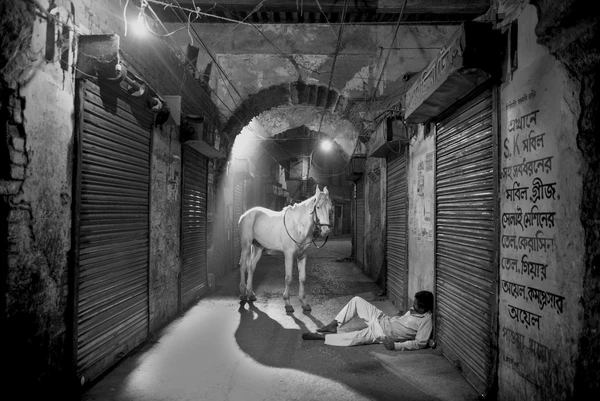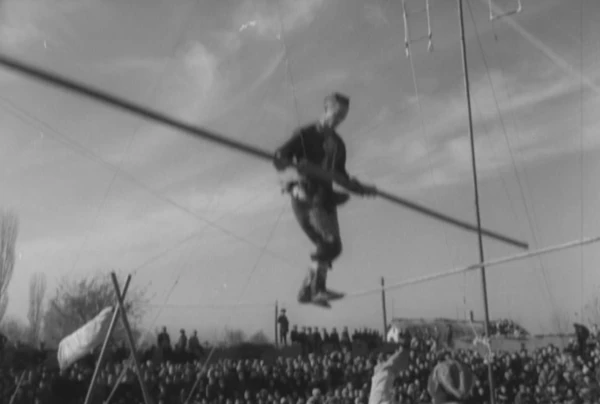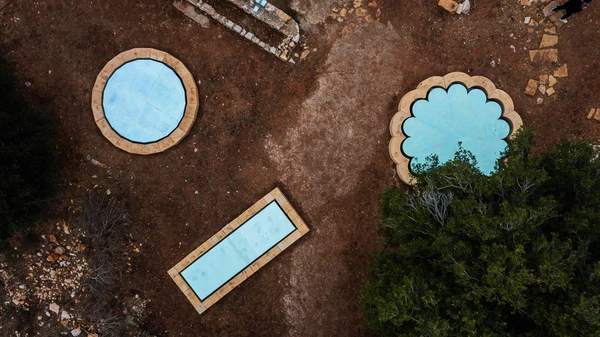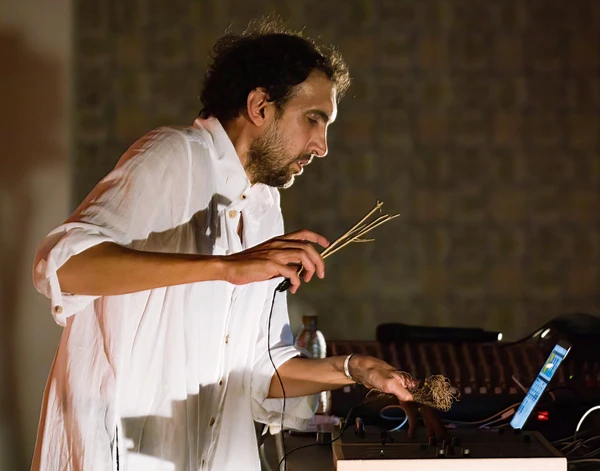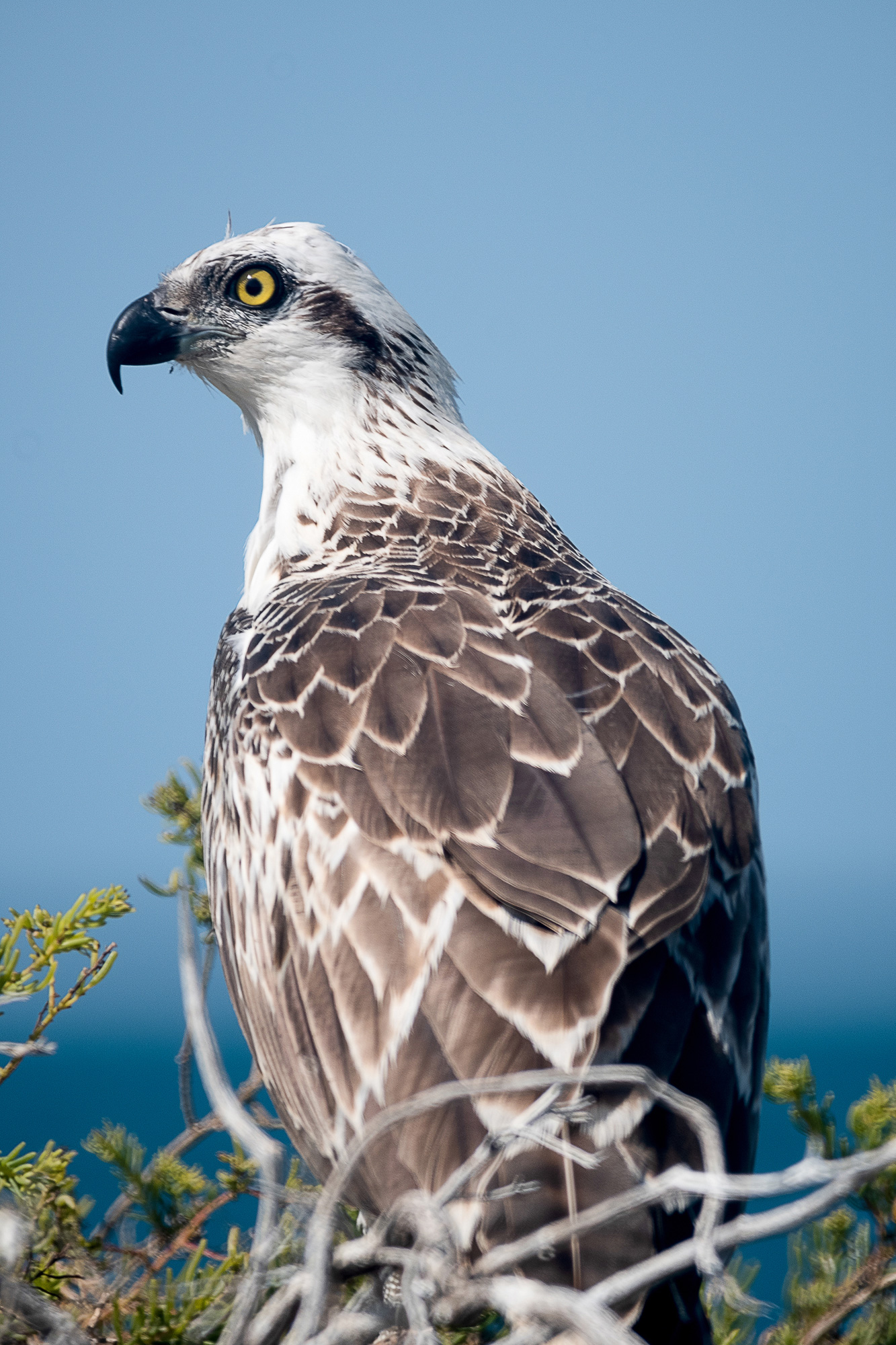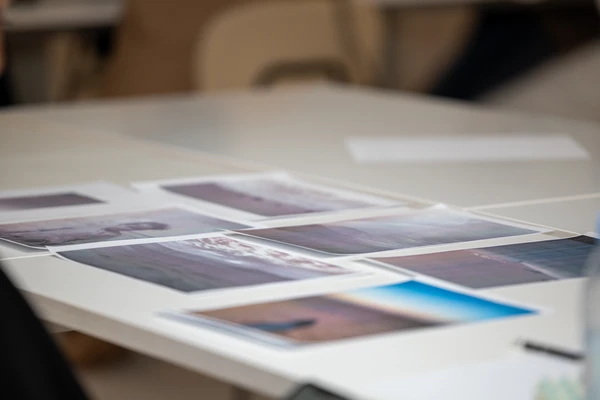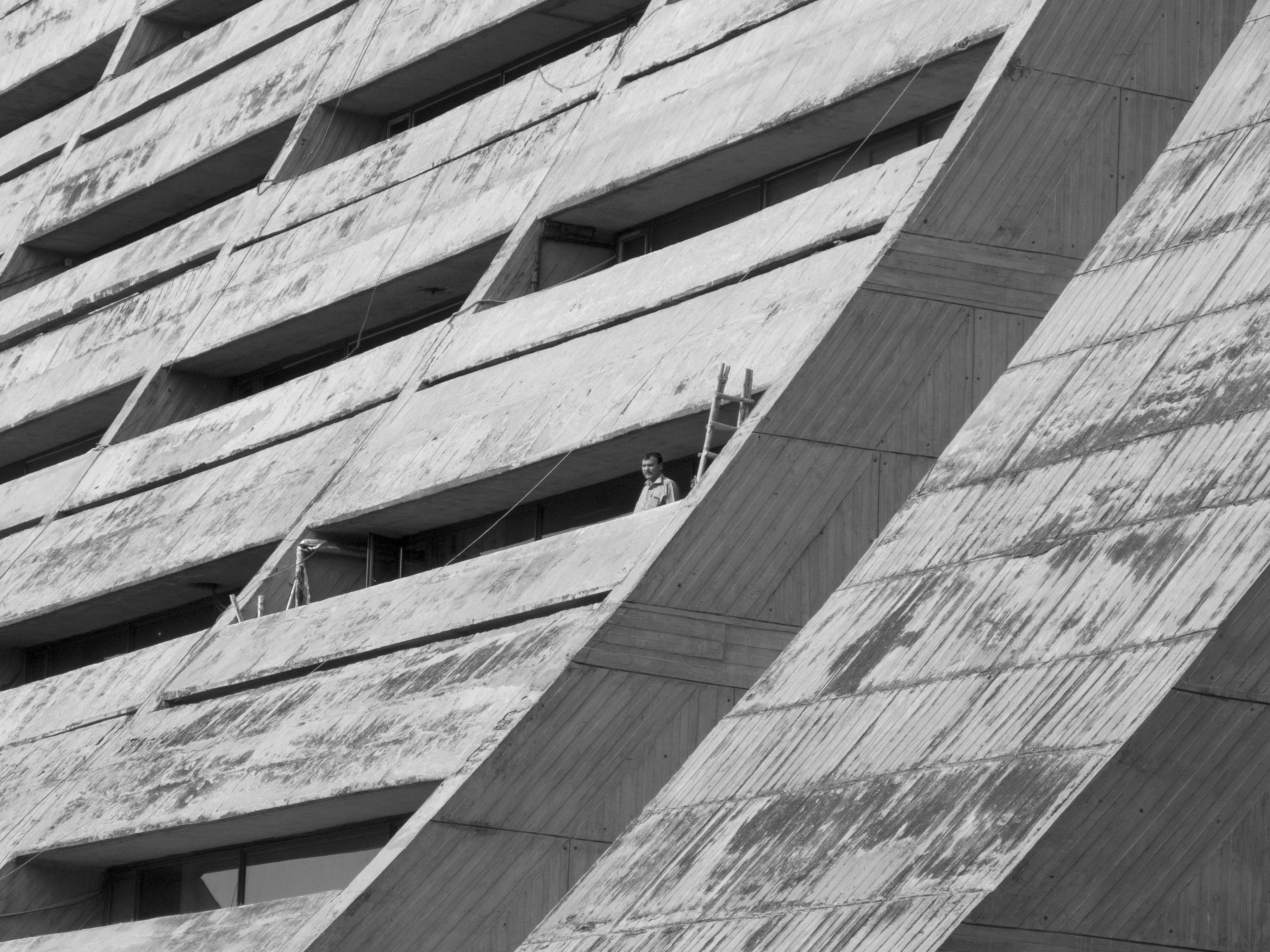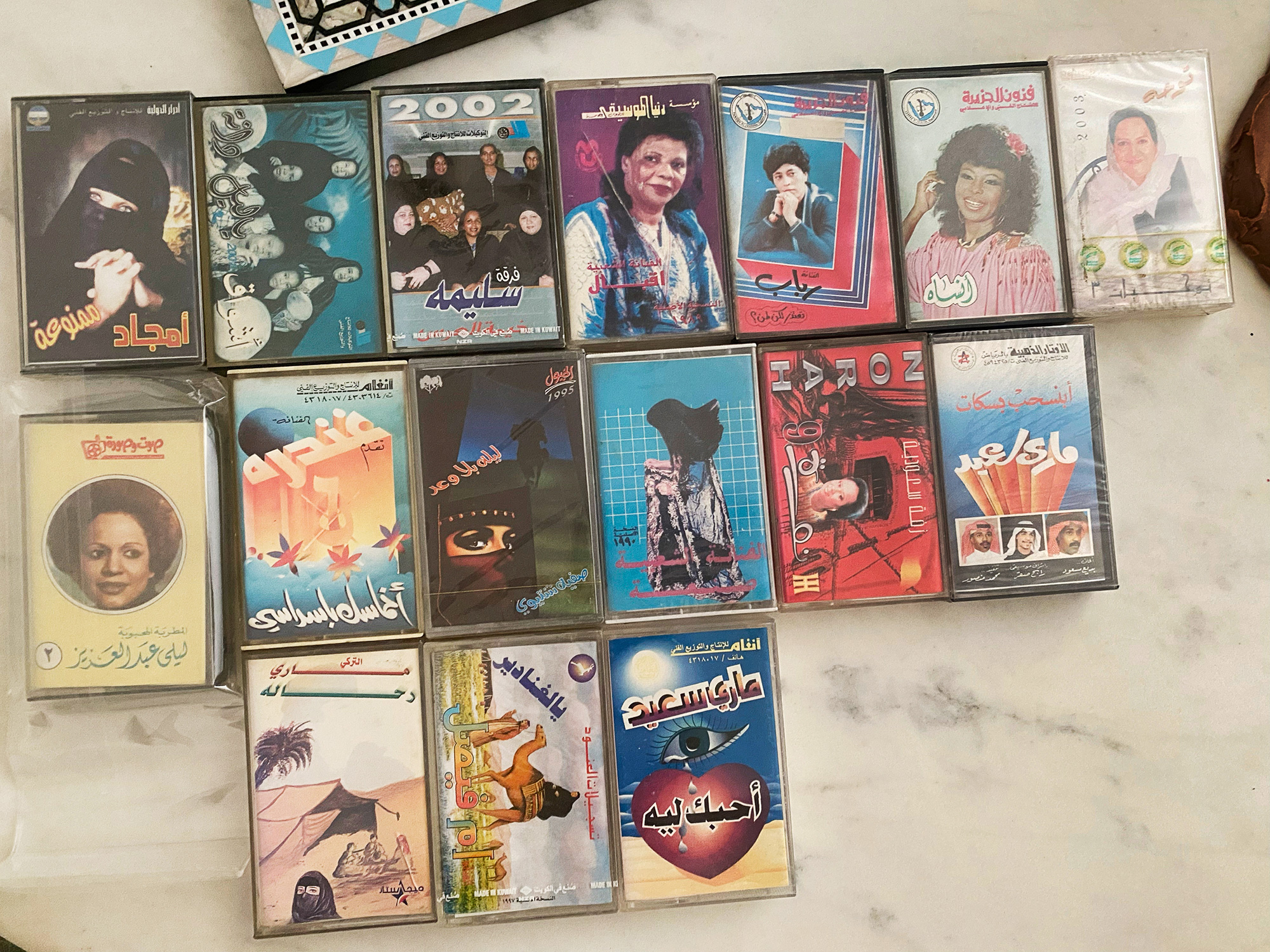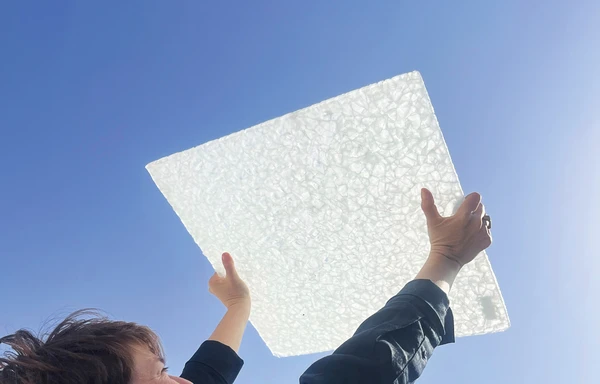A Library of Earthen Architectures
Jorge Otero-Pailos

For the Diriyah Biennale, Jorge Otero-Pailos collaborated with Saudi artists and heritage experts in charge of Saudi World Heritage sites to create a Library of Earthen Architectures, which includes artefacts representative of Saudi cultural memory. Accompanying each artefact is an audio recording of a conversation between the artists discussing its importance, what makes it worthy of care, and how it expands the range of materials and meanings associated with earthen world heritage sites such as At-Turaif. The library is a collective open-ended work that centers the role of artists in the physical documentation, interpretation and presentation of world heritage sites in Saudi Arabia. It documents the emergence of a multi-generational conversation between Saudi artists exploring experimental preservation methods.
A Library of Earthen Architectures is on display in exhibition hall B6 at the Diriyah Contemporary Art Biennale 2024. The audio recordings accompanying each of the artefacts are available below.











